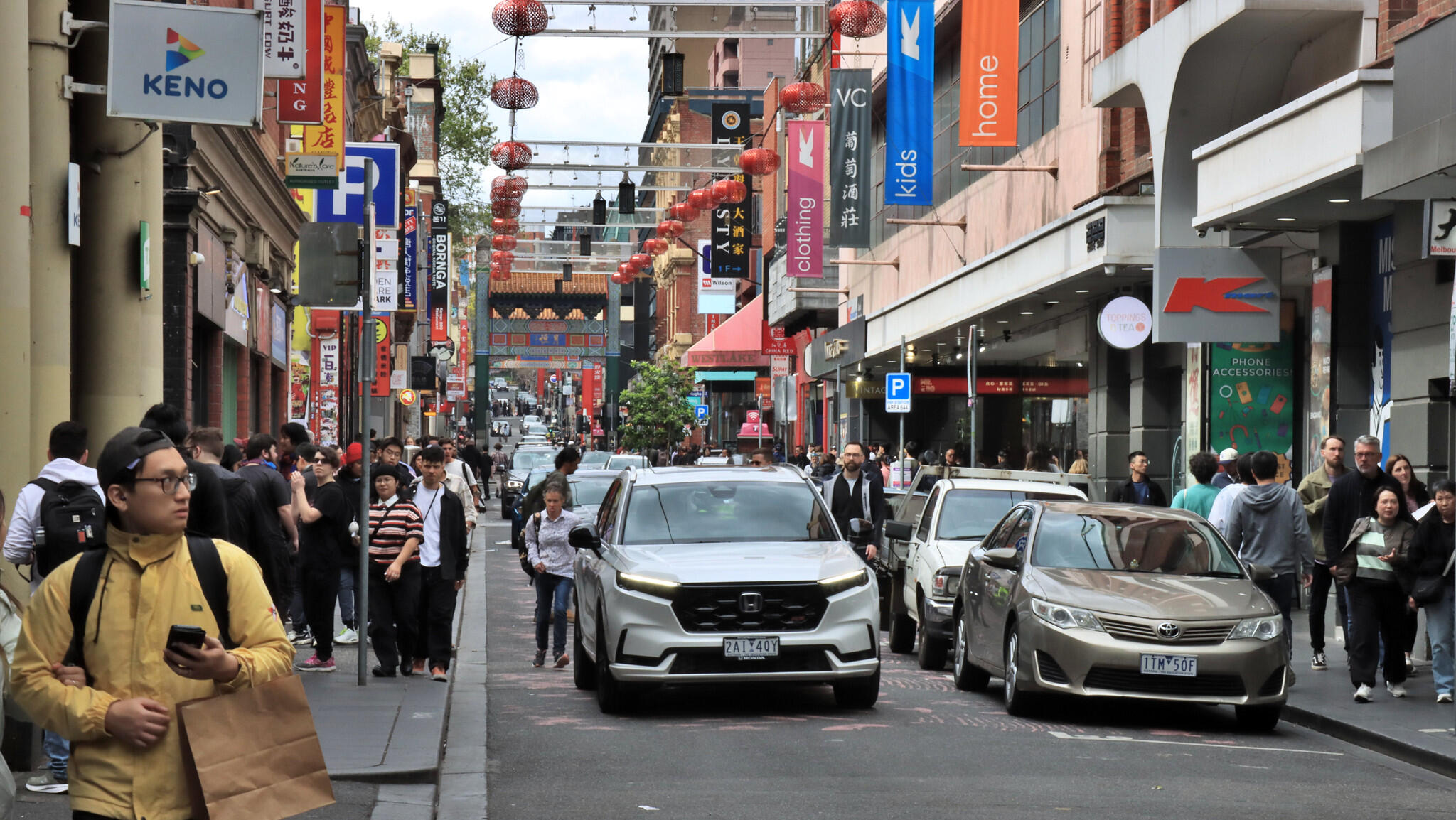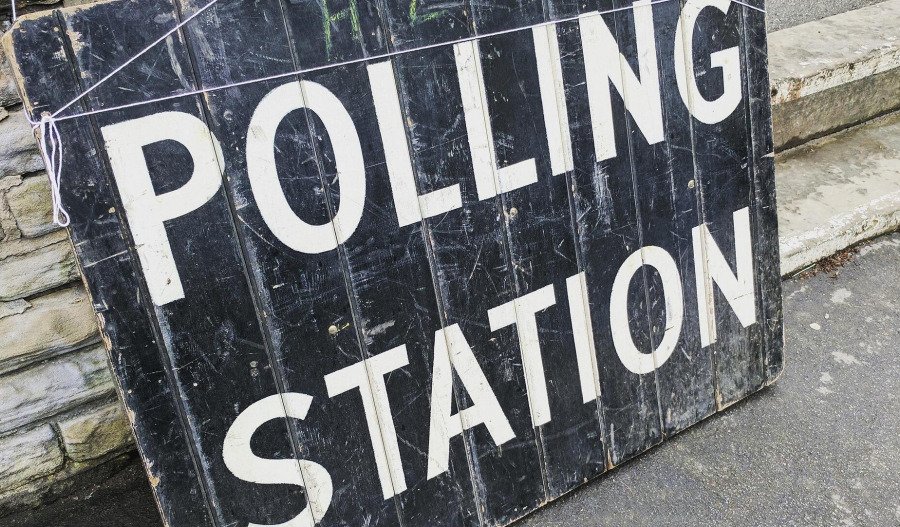Australian annualised inflation remained stable at a near four-year low in March, while the Reserve Bank of Australia's (RBA) preferred underlying measure fell into the target range of 2% - 3%, signalling a steady easing in price pressures.
The monthly Consumer Price Index (CPI) rose 2.4% in the year to March according to the Australian Bureau of Statistics (ABS), matching the annual rate reported in February and aligning with market forecasts.
Quarterly CPI climbed 0.9% - up from two consecutive quarters of 0.2% increases - driven by strong gains in housing, education, and food and non-alcoholic beverages.
Within the housing category, electricity costs surged by 16.3%, largely due to Queensland households exhausting the $1,000 electricity rebate from the state government.
This led to a rise in out-of-pocket energy costs in Brisbane, with some increases also recorded across other states and territories. The Commonwealth Energy Bill Relief Fund rebates had a reduced impact in the March quarter compared to December, owing to payment timing.
Meanwhile, annual services inflation eased to 3.7% from 4.3% in the December quarter.
Leigh Merrington, Acting Head of Price Statistics at the Australian Bureau of Statistics (ABS) noted: “This is the lowest annual outcome for services inflation since the June 2022 quarter, reflecting easing inflation across a broad range of services, including rents and insurance.”
Rental prices increased 5.2% in the year to March, slightly below February’s 5.5%, marking the softest annual growth since February 2023. The moderation aligns with higher vacancy rates across most major cities.
Food and non-alcoholic beverages inflation accelerated to 3.4% in March, up from 3.1% the previous month.
Fruit and vegetable prices jumped 7.6% over the year, driven by increases in avocados, bananas, red onions, pumpkins, and potatoes.
New dwelling prices, which include new home builds and major renovations, rose 1.0% year-on-year, slowest since April 2021. Builders are offering more incentives and promotional discounts to attract customers amid softer demand.
The trimmed-mean inflation rate - favoured by the Reserve Bank of Australia (RBA) for smoothing out volatile price movements - fell to 2.9% in the March quarter from 3.3% in December.
“Trimmed mean annual inflation was 2.9% in the March quarter, down from 3.3% in the December quarter. This is the lowest annual trimmed mean inflation rate since the December 2021 quarter,” Merrington said.
According to the Australian Securities Exchange's RBA Rate Tracker, the ASX 30-Day Interbank Cash Rate Futures May 2025 contract was trading at 96.02, indicating a 62% expectation of an interest rate decrease to 3.60% at the next RBA Board meeting.



